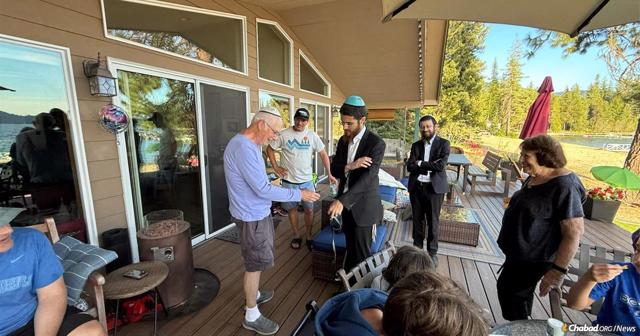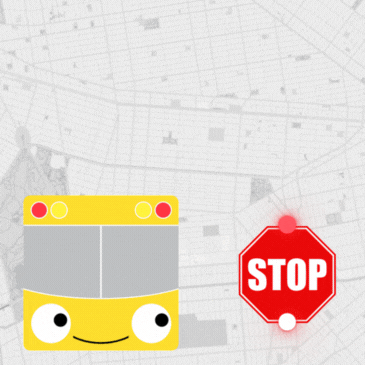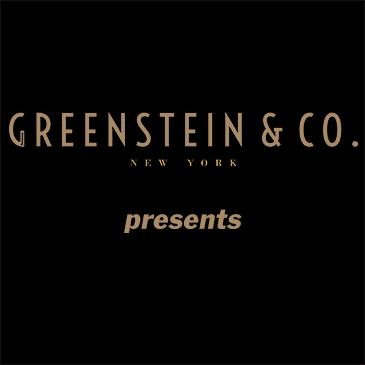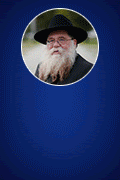
A Journey to the Soul in the Idaho Backcountry
by Mendel Scheiner – chabad.org
Wooded mountains rose on both sides of the road as the Jeep Wagoneer approached Coeur d’Alene, Idaho. In the back, metal pots and pans clinked, electric wires belonging to kitchen appliances and chargers spilling out of the cardboard box like vines. Kosher meat, chicken and fish sat in a portable freezer. Outside, Rabbi Mendel Fischer and Rabbi Mendel Kaplan could see the glacial expanse of Lake Coeur d’Alene glistening under the pines. They neared the town and saw a majestic, beautiful landscape, albeit one with a dark undercurrent.
With its forests, glacial lake and rugged terrain, Coeur d’Alene is one of America’s hidden jewels, offering tourists and residents the serenity of raw wilderness. Yet hidden beneath this picture-perfect surface, wounds of hate and violence linger.
In the early 1970s, Richard Butler, a former aeronautical engineer, purchased a 20-acre compound just north of the city. He made the property the headquarters and a “white homeland” for his supremacist organization, the Aryan Nations.
At first, the group remained secluded in the backcountry, an enclave of neo-Nazi racists. But over time, Butler and his followers sought a more active presence, parading into the heart of Coeur d’Alene. Standing in his Chrysler, gripping a megaphone, Butler led thousands of adherents in Nazi uniforms, their arms flexed forward, marching down Sherman Avenue—all legal, as long as the situation didn’t turn violent. Swastikas and curses were spray painted on Jewish businesses, and antisemitic flyers were stuffed in mailboxes and dropped on sidewalks.
After the rhetoric escalated into overt intimidation, a civil-rights lawsuit forced the Aryan Nations to sell its compound to cover legal fees in 2000, with local firefighters subsequently using the buildings on the property for training. As the pain of the battle receded, local Jews once again found their footing.

‘The Tip of the Spear’
This past summer Fischer and Kaplan came to Northern Idaho with the goal of reaching isolated Jewish souls throughout the area, with Coeur d’Alene as their base.
“Out here you’re on your own, searching for Jews in places with virtually no organized Jewish presence,” Fischer explained, “Besides the wonderful Chabad center in Boise, seven hours south, there’s very little, and people truly cherish the rare Jewish connection. It’s a challenge, but that’s what makes it so meaningful.”
Arriving in Coeur d’Alene, the duo set off down Main Street, past the brick facades that had once listened to poisonous shouts and slogans. The pair searched coffee shops, libraries and city hall. They even used the tried-and-true method of scanning Jewish names in area telephone books. By week’s end, word had spread: Two rabbis had arrived to make a Shabbat gathering in the region.
After days of chasing leads and approaching anyone who gave them a long second glance, Fischer and Kaplan waited anxiously for the outcome. As the clear Idaho stars ushered in nightfall, nearly 40 people gathered to celebrate Shabbat with kosher food, prayer and each other. Among them were 10 men, enough to form a minyan, or public prayer quorum, the first that anyone in Coeur d’Alene can recall.

“For years, Coeur d’Alene’s name was stained by hate,” says Fischer. “To stand here with a minyan, praying together, was the clearest sign that light can outshine the darkest chapters.”
For some, that Friday night meal was their first Shabbat experience in 50 years; for others, their very first.
“It wasn’t easy work,” says Peter Deutch of the young rabbis’ endeavor. “The way they found people was entrepreneurial, creative, never accepting defeat. They’d follow every lead, even walking into city hall to ask if there were any Jews in town, and somehow, they always found someone,” he recalls with a laugh.
“Every person at that Shabbat had a story, each one seeming wilder than the next. What amazed me most was how deeply we connected, spending hours with each person, and you could see the impact. They lit souls; they transformed people. By their actions, they showed they truly cared about these Jews so far out here. Credit goes to them, to the Rebbe [Rabbi Menachem M. Schneerson, of righteous memory], and to Rabbi [Mendel] Lifshitz in Boise who sent them. These guys are the tip of the spear. It’s an incredible story.”

‘The Focus Is on Every Jew’
Besides Coeur d’Alene, Fischer and Kaplan pushed farther.
Two unverified addresses pointed them toward Coolin, a four-hour drive into the unknown.
When their SUV rolled up to an abandoned house, dismay set in, tempered by hope for the next stop. Yet driving along the town’s empty lanes, a deeper appreciation settled in for the work itself.
“The focus is on every Jew,” says Kaplan. “We would spend an entire day driving just for the chance to talk to one Jewish person. To touch one soul, that makes it worth it.”
An hour later, Kaplan and Fischer were seated in a living room, united with an entire Jewish family, wrapping tefillin with three members. Two of them had never done it before, thus marking their bar mitzvahs.
Across northern Idaho, scattered Jews long for a spiritual connection.
In Santa, Idaho, Fischer met a Jewish woman who had been living there for 40 years. “This is the first time I’ve felt part of the Jewish people,” she said, tears in her eyes. Using the Hebrew word for “soul,” she continued: “Thank you for reminding me of my neshamah.”
















